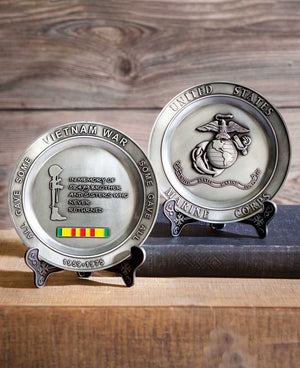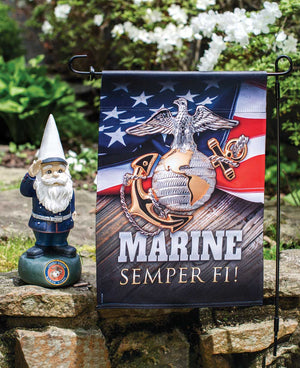By: Jim Barber
On May 8th the world commemorated the 75th anniversary of the surrender of all armed forces of Nazi Germany, bringing to an end the fighting in the European Theatre. But for American GIs who had fought from the beaches of Normandy to Berlin’s doorstep, the celebrating was muted by the prospect that they would soon be transferred to the Pacific theatre. It was a very real fear, for the Japanese were tenaciously defending every inch of their shrinking perimeter. They closely followed news of the savage battle for Okinawa, which raged from April 1st to June 21st – a month and a half after the German surrender.
Yet to come was the Invasion of the Japanese homeland which, it was estimated, would cost 1 million Allied casualties – the toll in Japanese civilian lives would be multiples of that figure.
The expected shift to the Pacific theatre was unnerving in another way – the Japanese soldier, sailor or airman was a totally different opponent from the German. Following orders, they fought to the death, refusing to surrender in even the most hopeless situations. Fighting across the Pacific, from Australia to Okinawa, produced very few Japanese prisoners. They were fanatical and feared bringing disgrace to their family.
On the home front, the still defiant military leaders were training civilians – old men, women and children to resist battle hardened Allied troops with sticks and stones. It would take the dawning of the Nuclear Age, with the dropping of the only 2 nuclear weapons to ever be employed in combat, to end the deadliest, most savage, war in human history. Some depict that action as a “war crime”. In fact, it was the most humanitarian act of the war.







Leave a comment